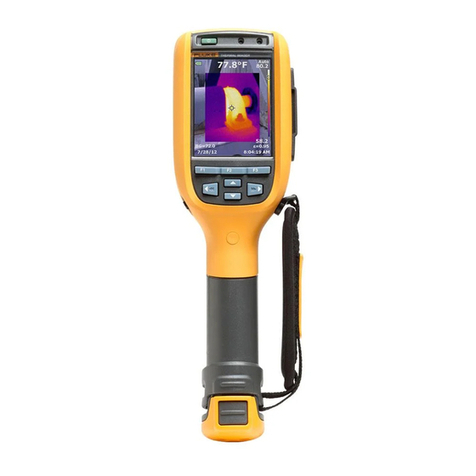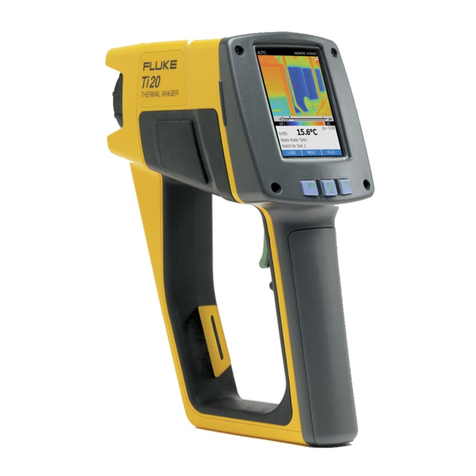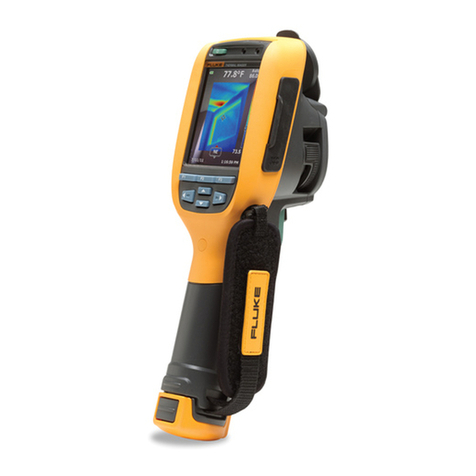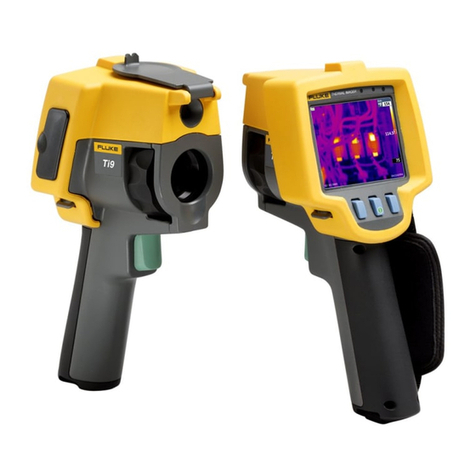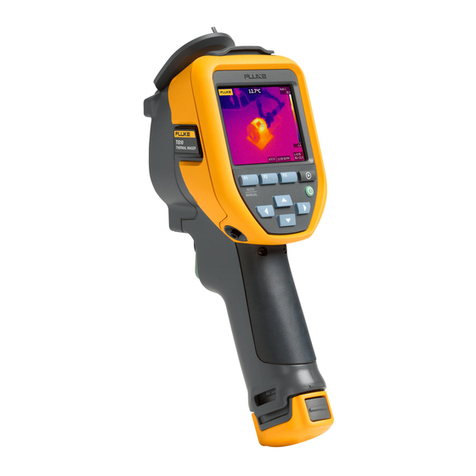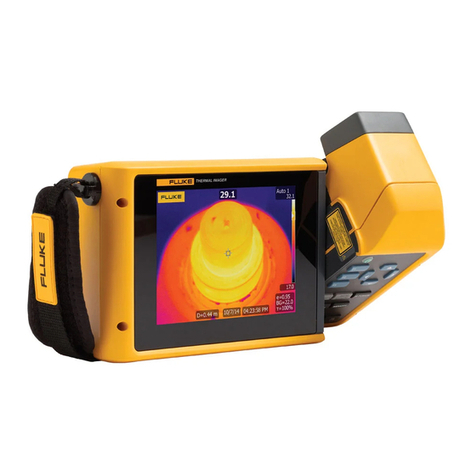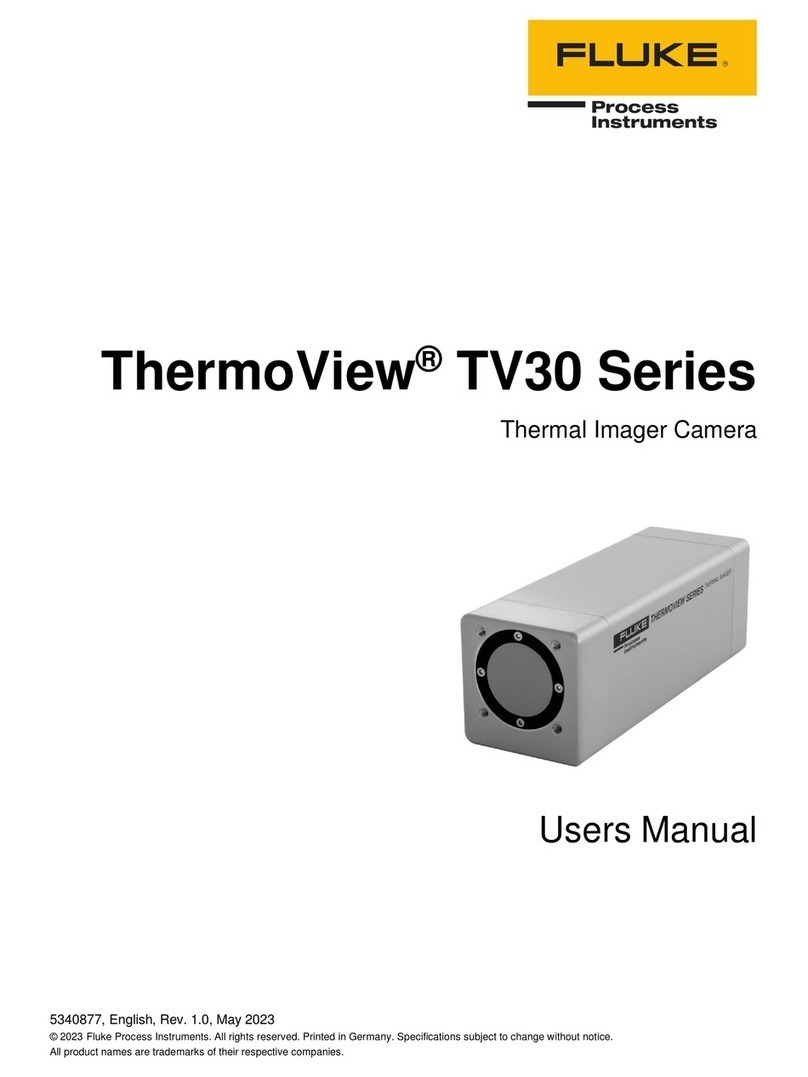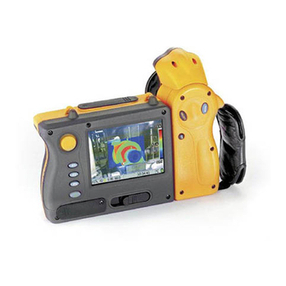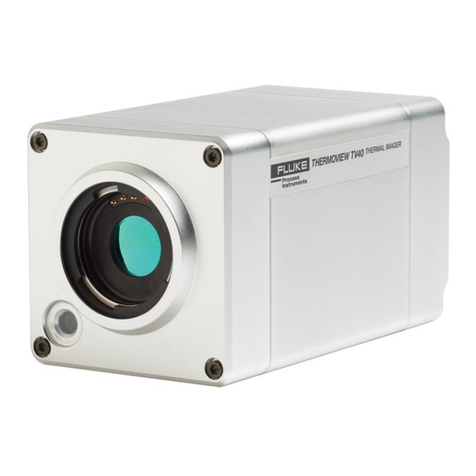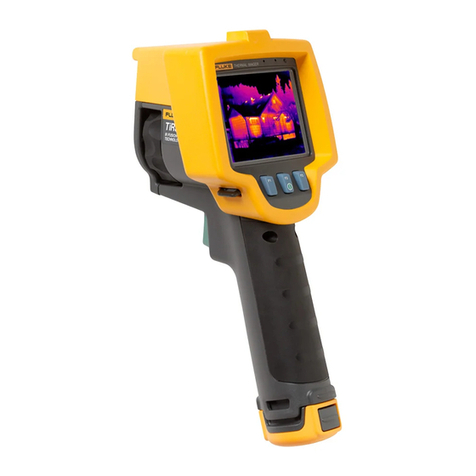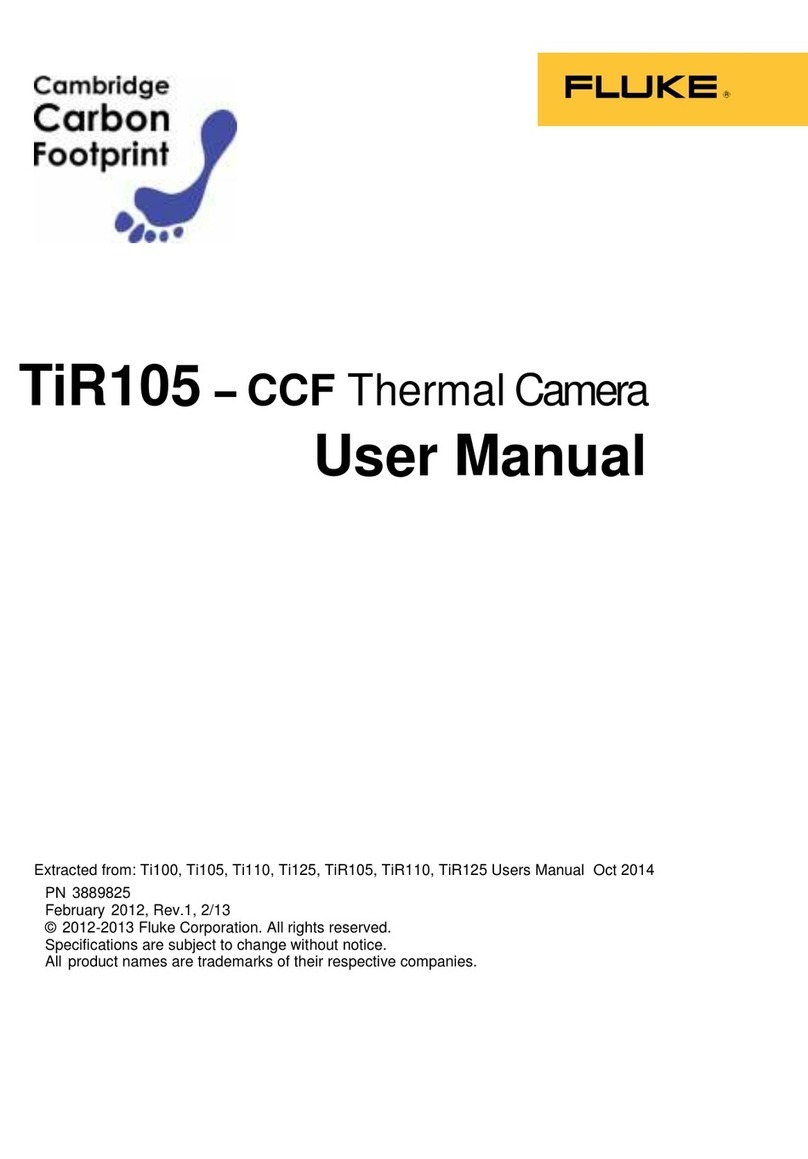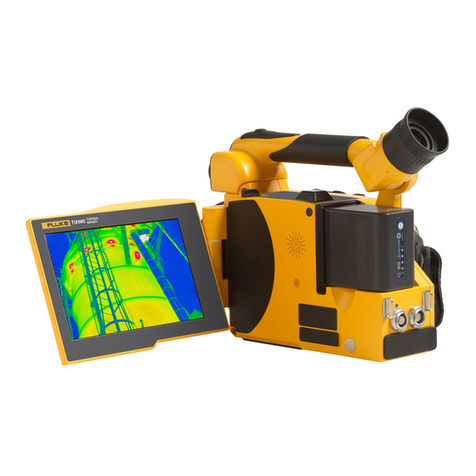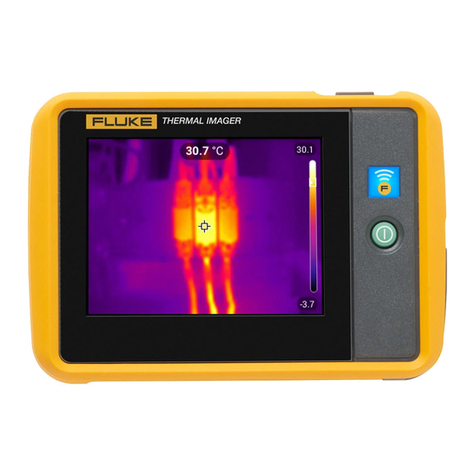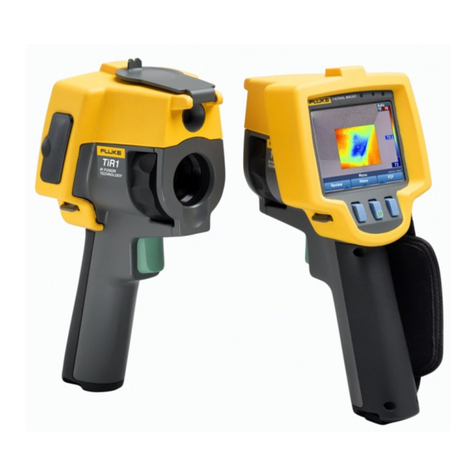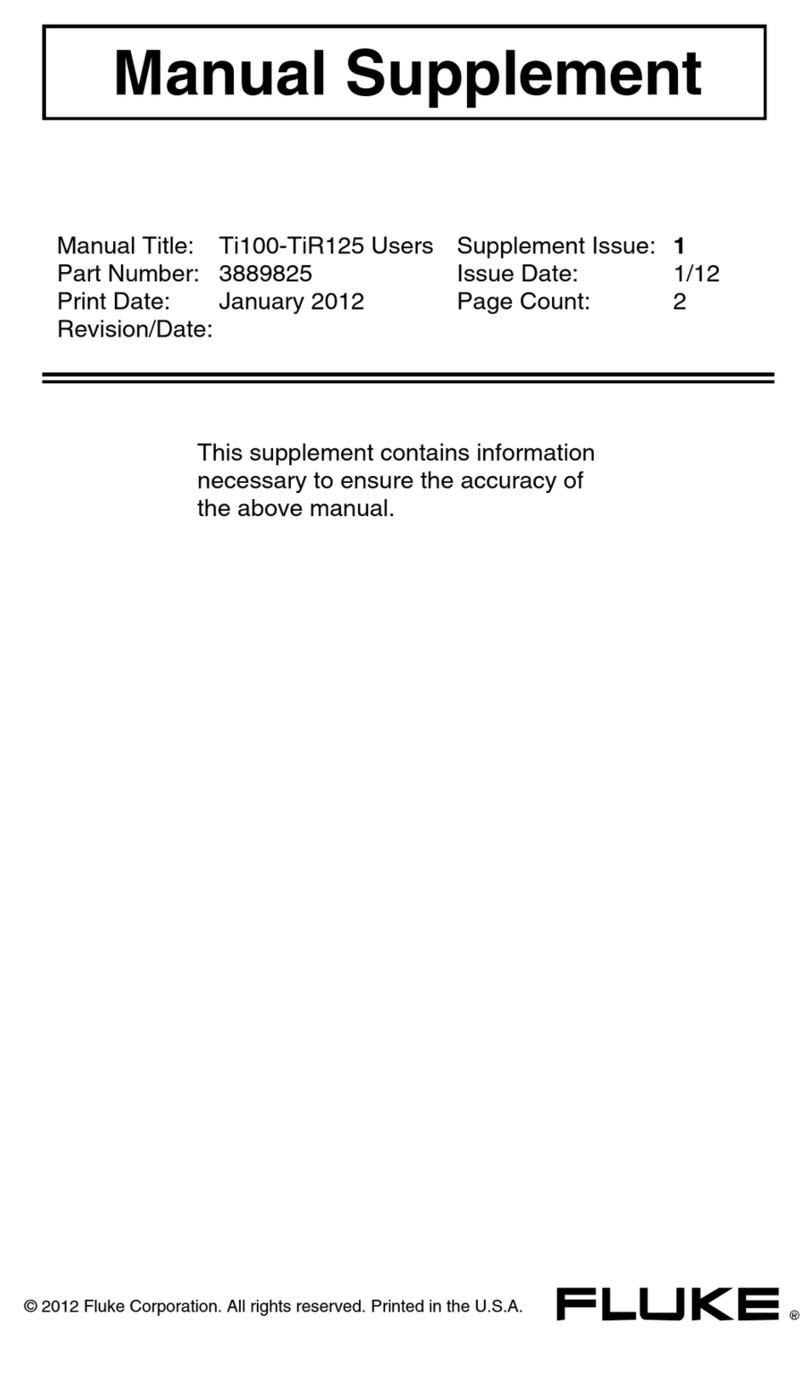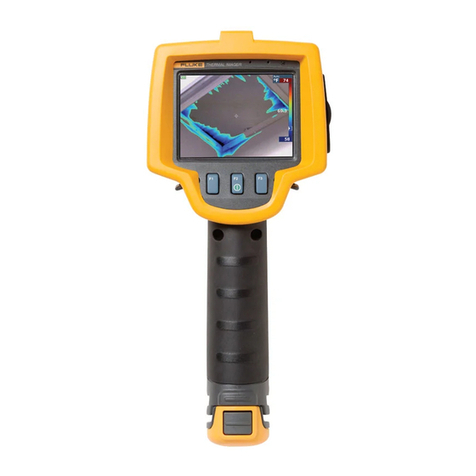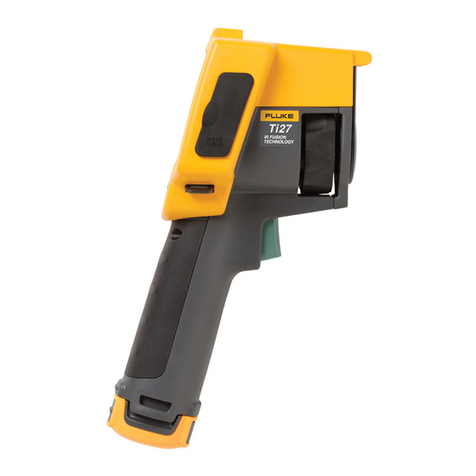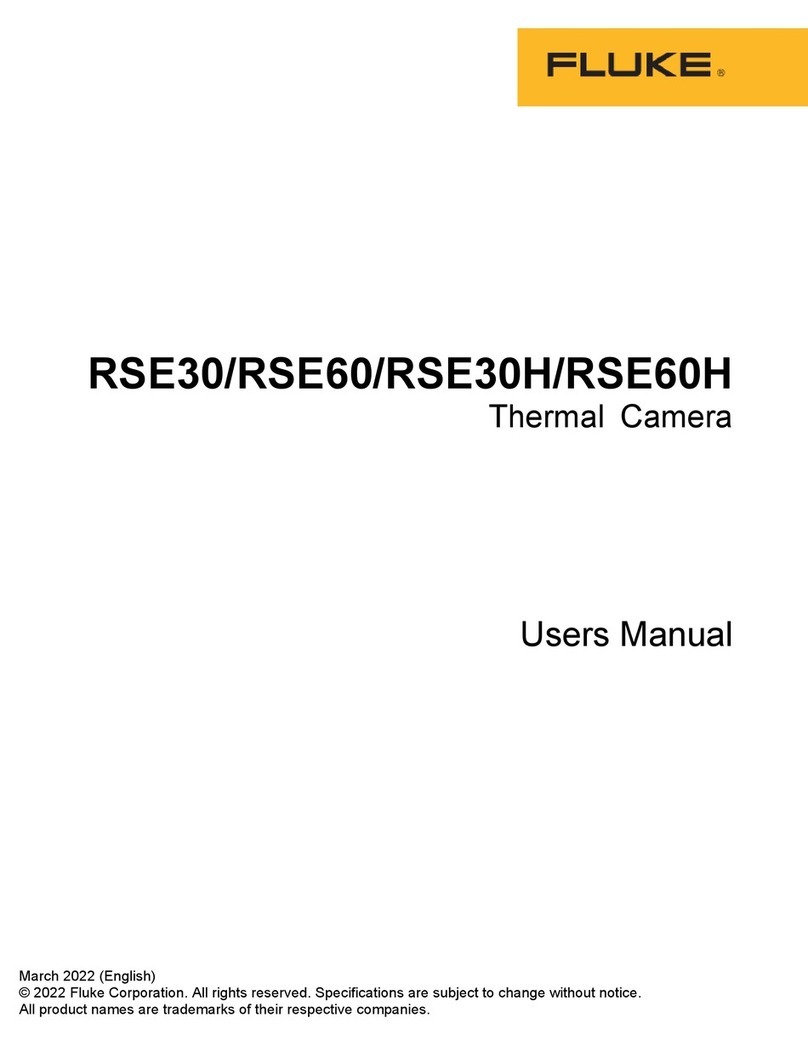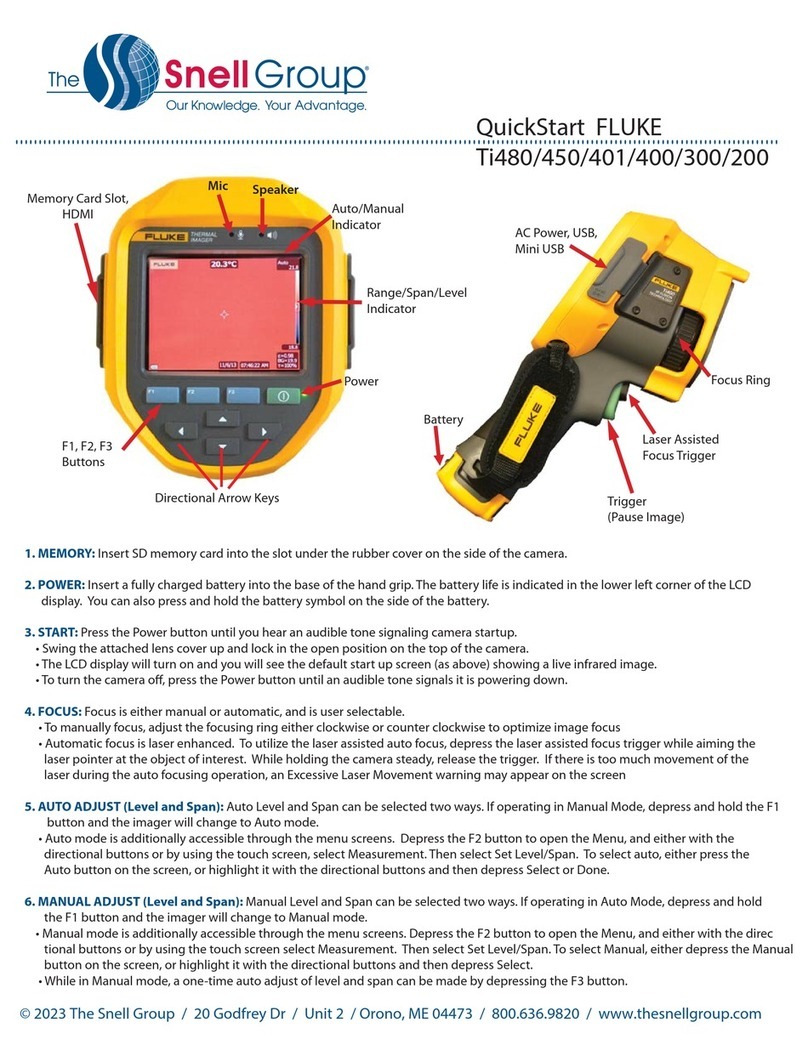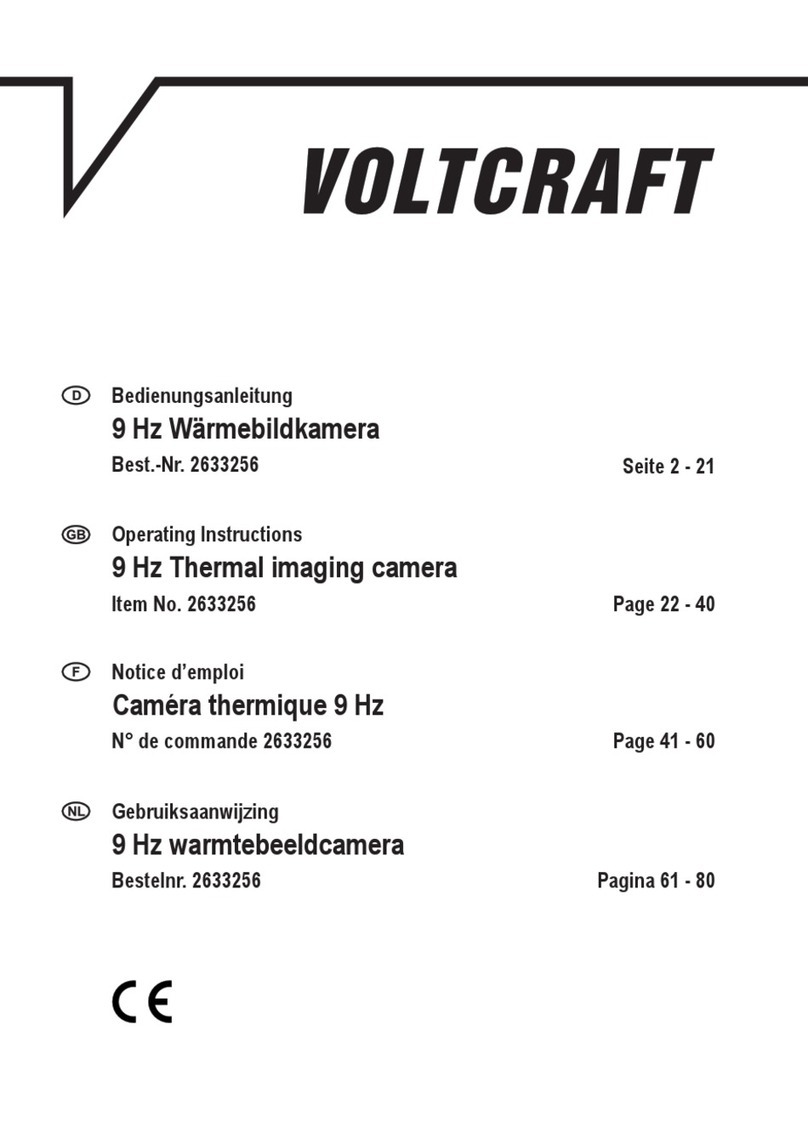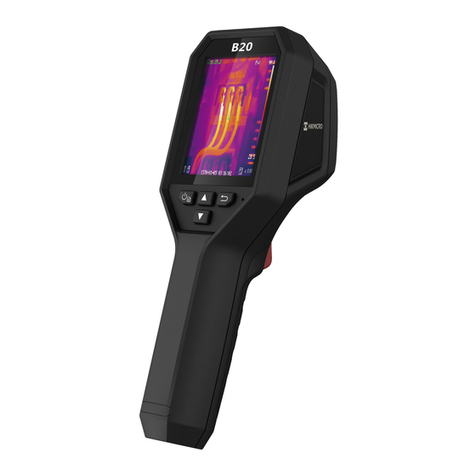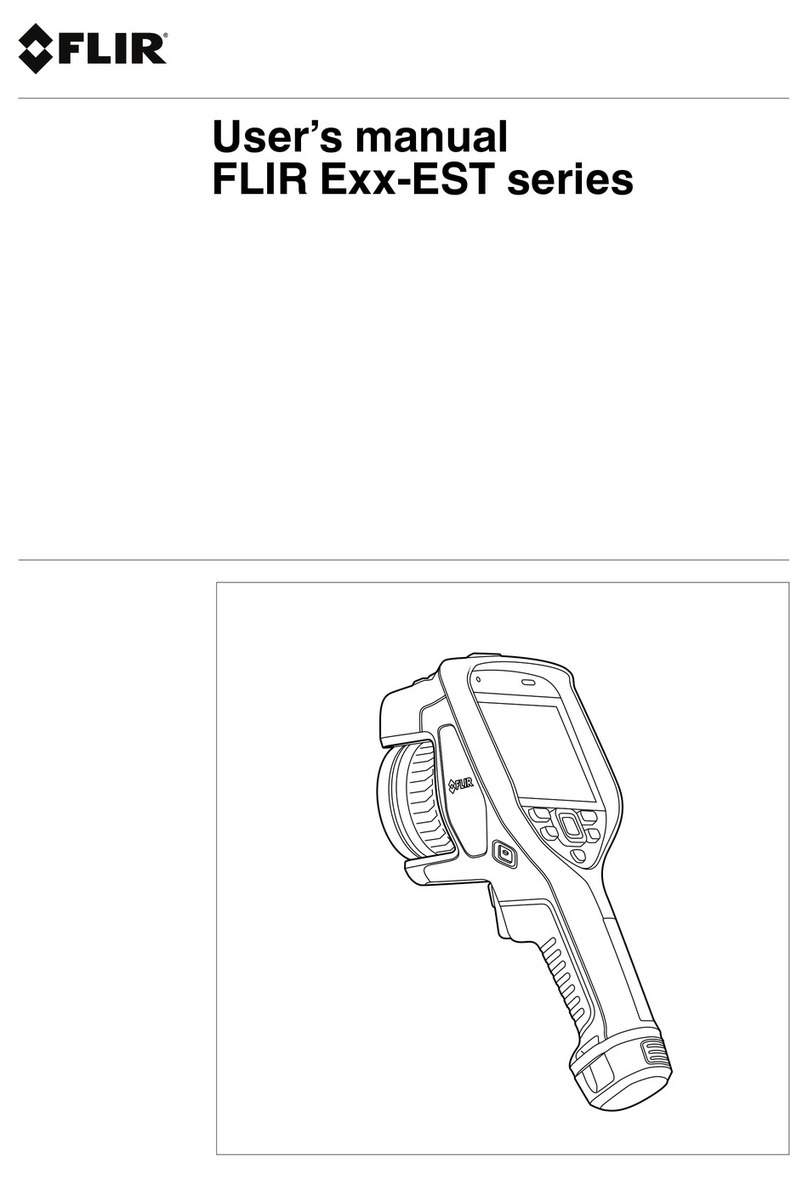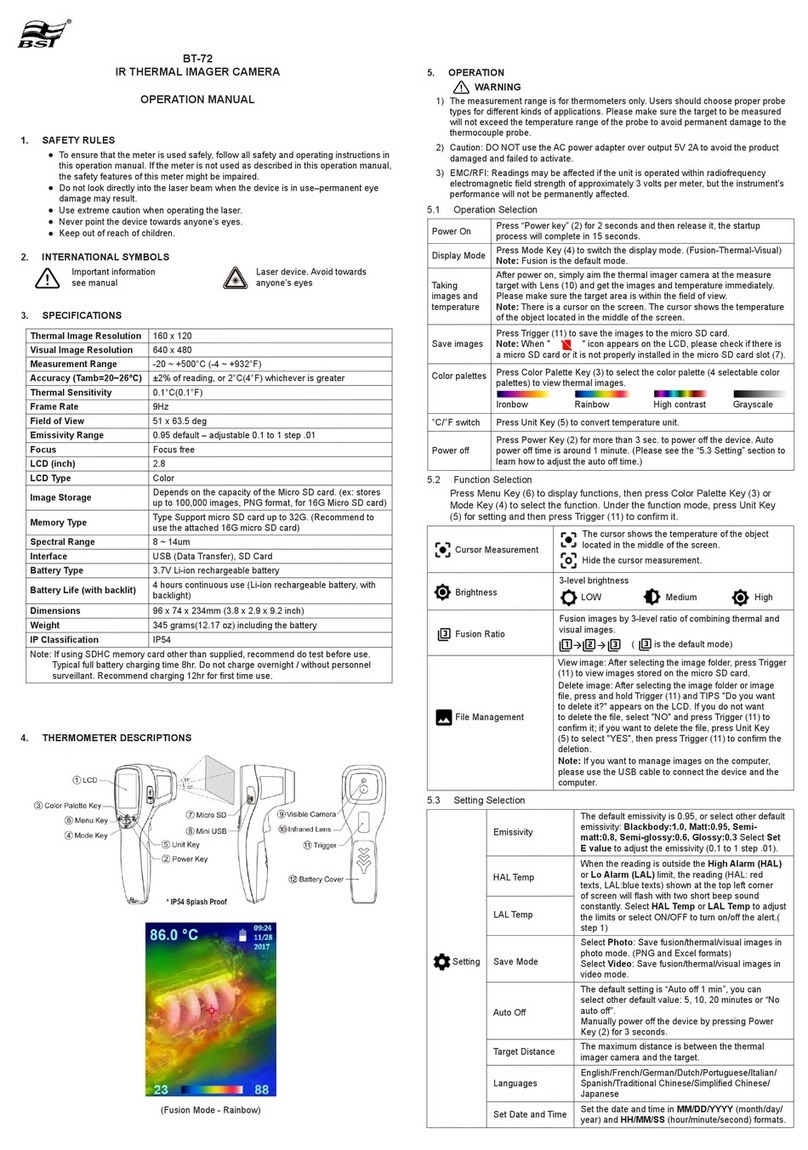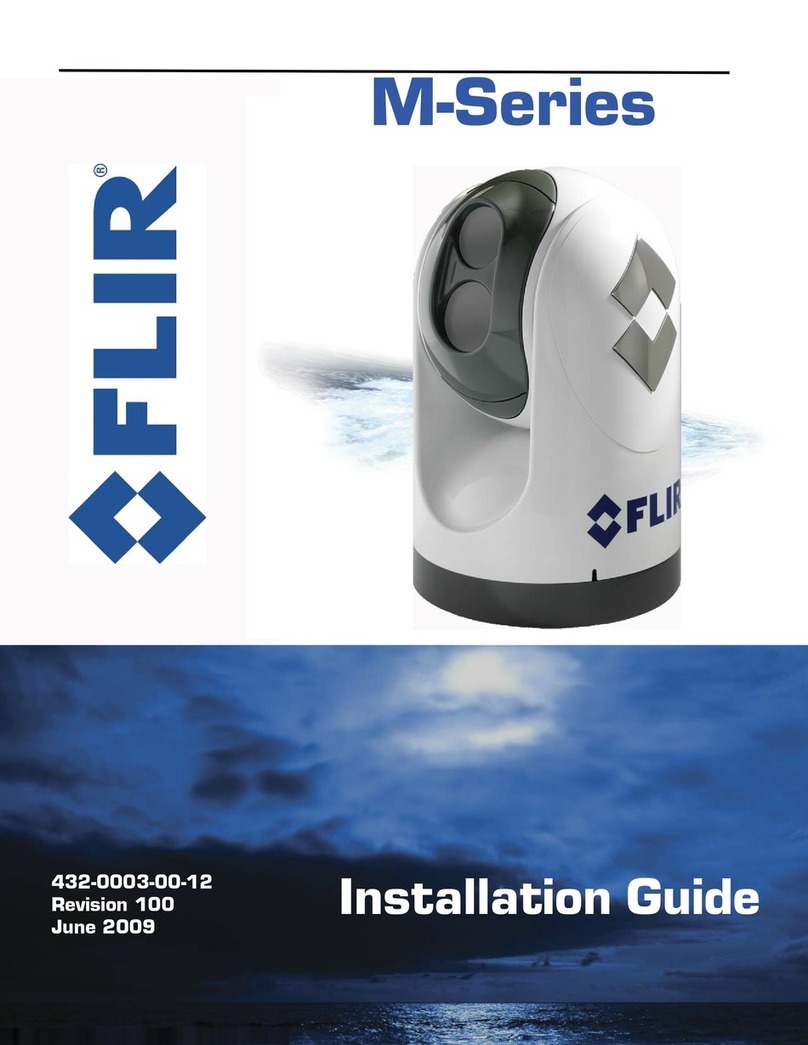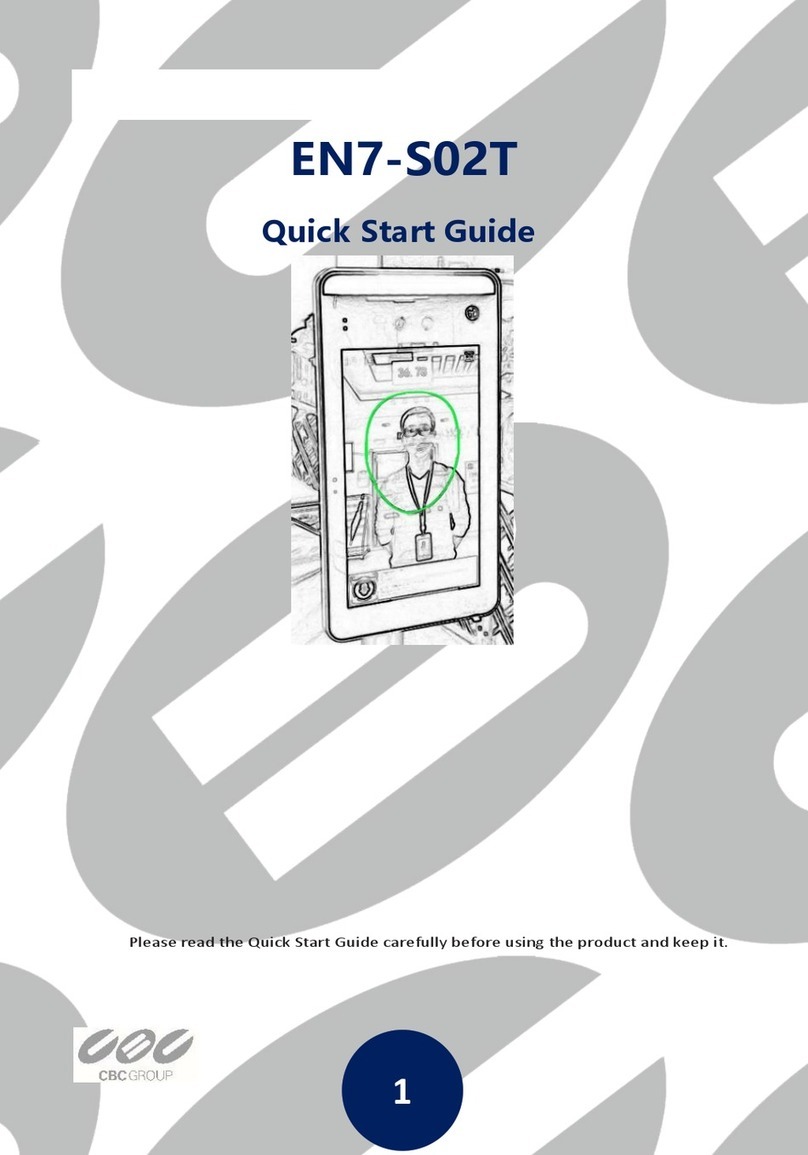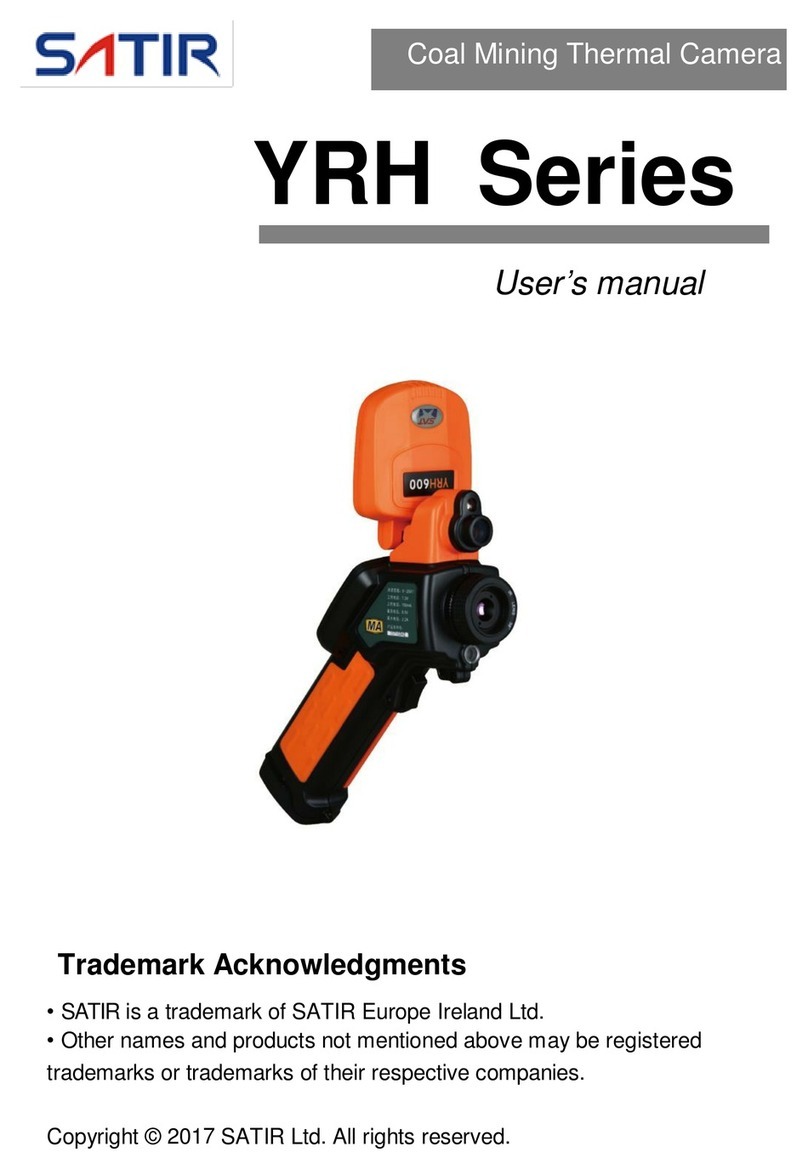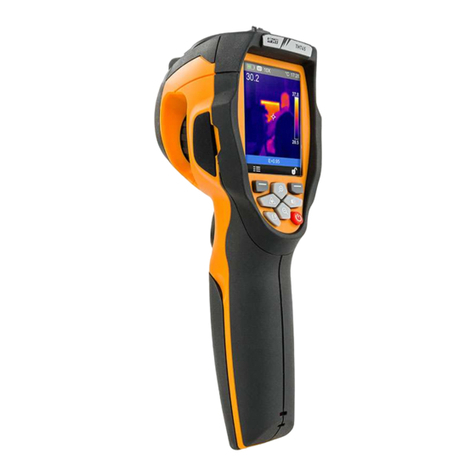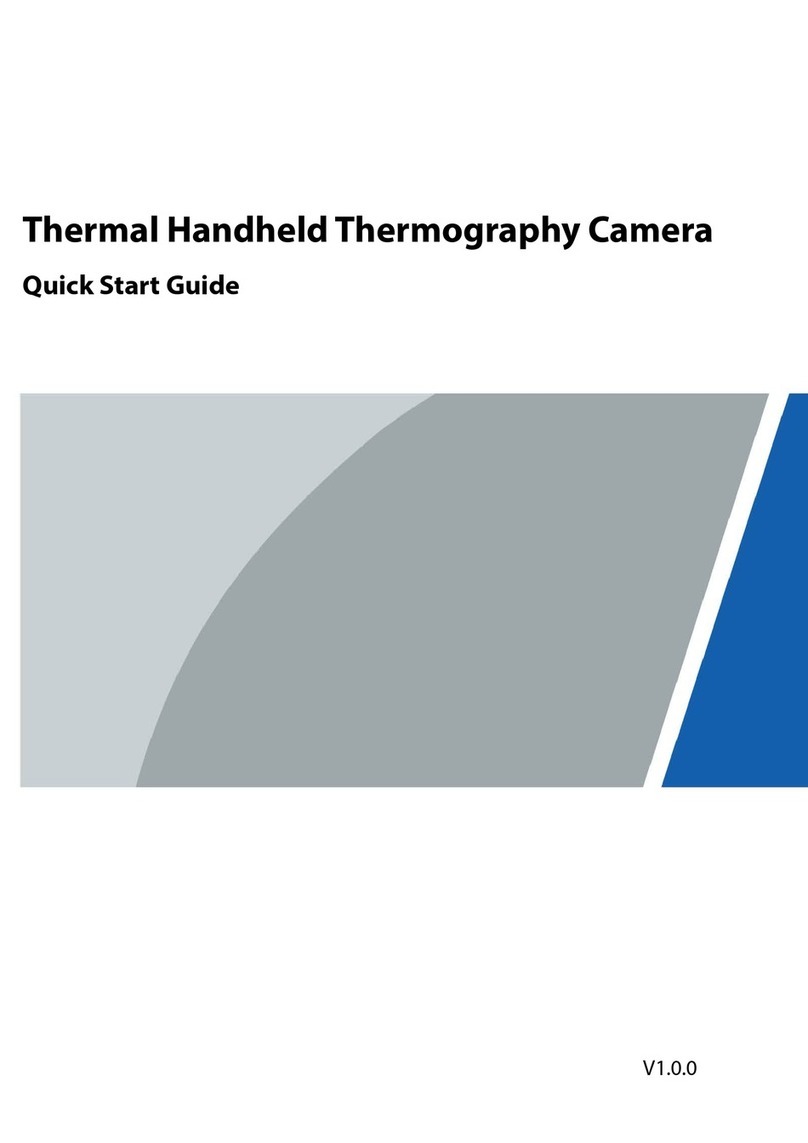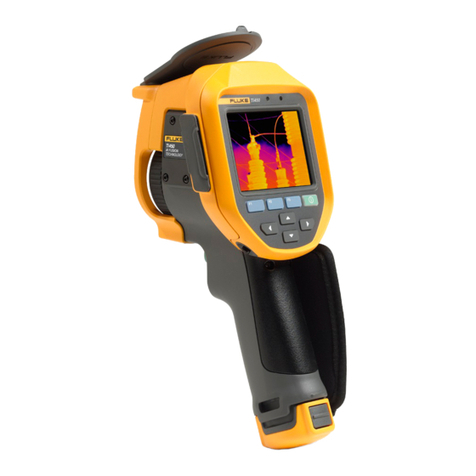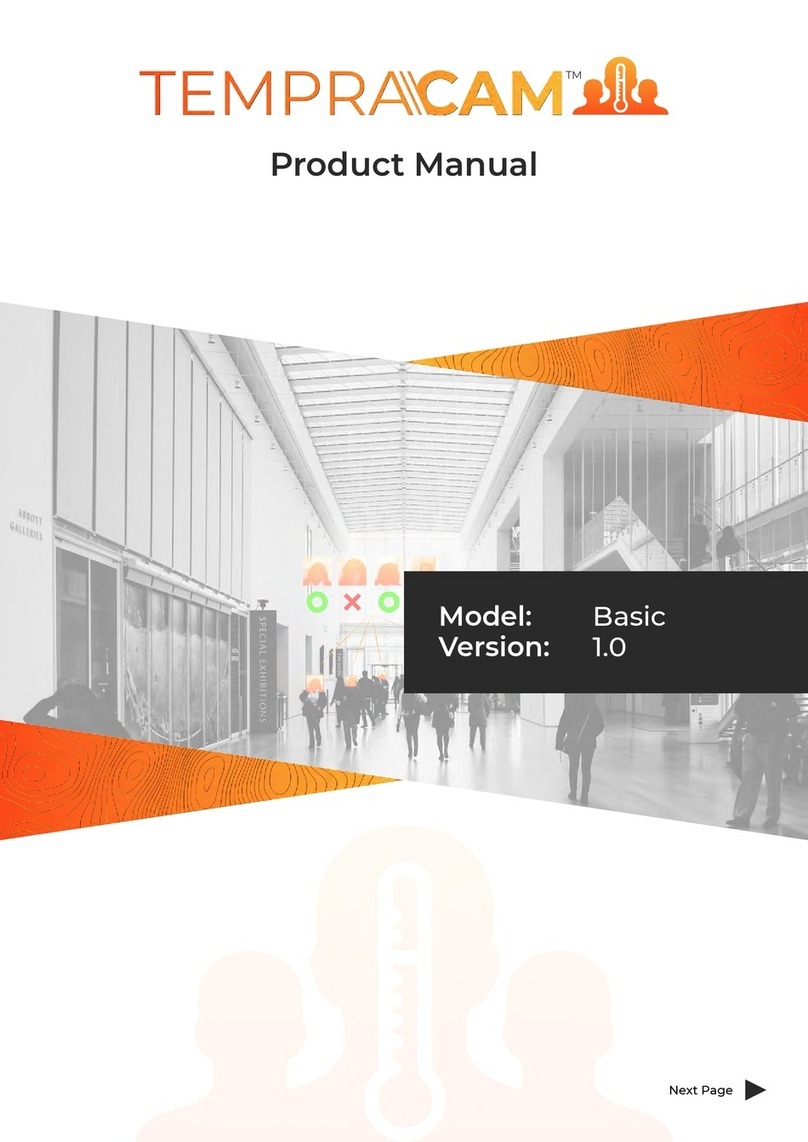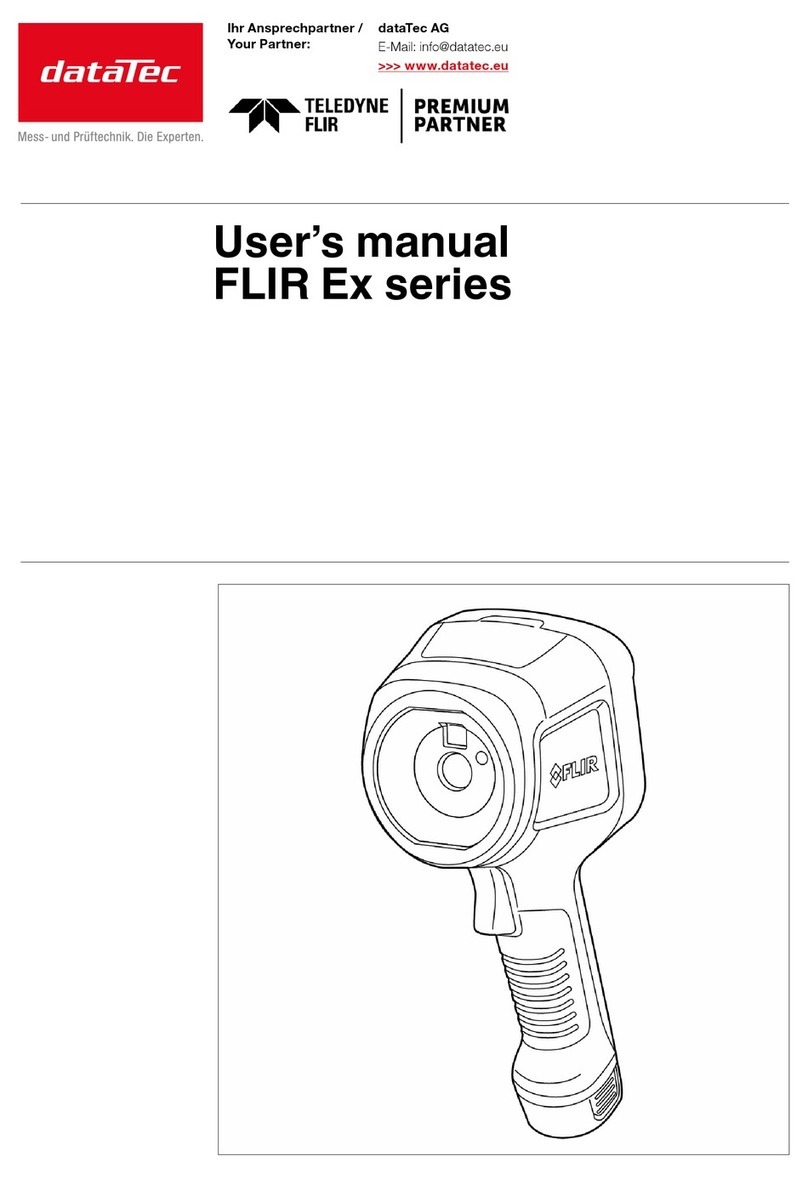i
Table of Contents
Title Page
1. Safety Instructions .................................................................................. 1
2. Product Description ................................................................................ 3
2.1. System Architecture .................................................................................... 4
3. Technical Data ......................................................................................... 5
3.1. General Specifications ................................................................................ 5
3.2. Electrical Specifications .............................................................................. 5
3.3. Measurement and Optical Specifications .................................................... 6
3.4. Dimensions ................................................................................................. 6
3.5. Scope of Delivery ........................................................................................ 7
4. Basics to keep in mind ............................................................................ 7
4.1. ThermoView® TV40 Imager Location .......................................................... 7
4.2. Measurement of Infrared Temperatures ...................................................... 8
4.3. Emissivity of Target Object ......................................................................... 8
5. Installation................................................................................................ 8
5.1. Ambient Temperatures ............................................................................... 8
5.2. Environment ............................................................................................... 8
5.3. Electrical Interference ................................................................................. 8
5.4. Geometry .................................................................................................... 9
5.4.1. Spot size (IFOV) calculation of aperture angle for different lens types .... 9
5.5. Focusing ..................................................................................................... 10
5.6. Mounting ..................................................................................................... 10
5.7. Cable Connections ..................................................................................... 10
5.7.1. Connecting the GigE Vision Ethernet Communication Cable .................. 10
5.7.2. Connecting the Power Supply Cable ...................................................... 11
5.8. GigE Vision Communication ....................................................................... 12
5.9. ThermoView® LED Status Indicator............................................................. 12
6. Internal ThermoView® Web-Server Application ..................................... 13
7. Accessories ............................................................................................. 14
7.1. Available electrical accessories for ThermoView® cameras ........................ 14
7.1.1. Power supply cable, 80°C max., 7.5m (25ft.), (A-CB-LT-PS-07) ............. 14
7.1.2. Power supply cable, 80°C max., 25m (80ft.), (A-CB-LT-PS-25) .............. 15
7.1.3. Power supply cable, 80°C max., 50m (160ft.), (A-CB-LT-PS-50) ............ 15
7.1.4. Ethernet cable, 80°C max., 7.5m (25ft.), (A-CB-LT-M12-W08-07) .......... 15
7.1.5. Ethernet cable, 80°C max., 25m (80ft.), (A-CB-LT-M12-W08-25) ........... 16
7.1.6. Ethernet cable, 80°C max., 50m (160ft.), (A-CB-LT-M12-W08-50) ......... 16
7.1.7. PoE Injector (Standard), 115/230VAC, (A-TV-POE1) ............................. 16
7.1.8. PoE Injector (Industrial), 115/230VAC, (A-TV-POE2) ............................. 17
7.1.9. 24 VDC 1.3 A industrial power supply, DIN rail mount (A-PS-DIN-24V).. 19
7.1.10. Ethernet Cable 25 m (82 ft), two RJ45 connectors (A-CB-LT-RJ45-25) .. 19
7.1.11. Fiber Optic to Ethernet Converter (A-CON-FO-RJ45) ............................. 20
7.1.12. Fiber Optic Cable 150 m (492 ft) (A-CB-FO-150) ................................... 22
7.1.13. Fiber Optic Cable 300m (984ft) (A-CB-FO-300) ..................................... 22
7.1.14. 4-Port Gigabit Ethernet Switch (A-CON-SW) .......................................... 22
7.1.15. Ethernet cable (short) for Junction Box (A-CB-LT-RJ45-03) ................... 24
7.1.16. Digital In, 16 each (A-CON-16DI) ........................................................... 25
